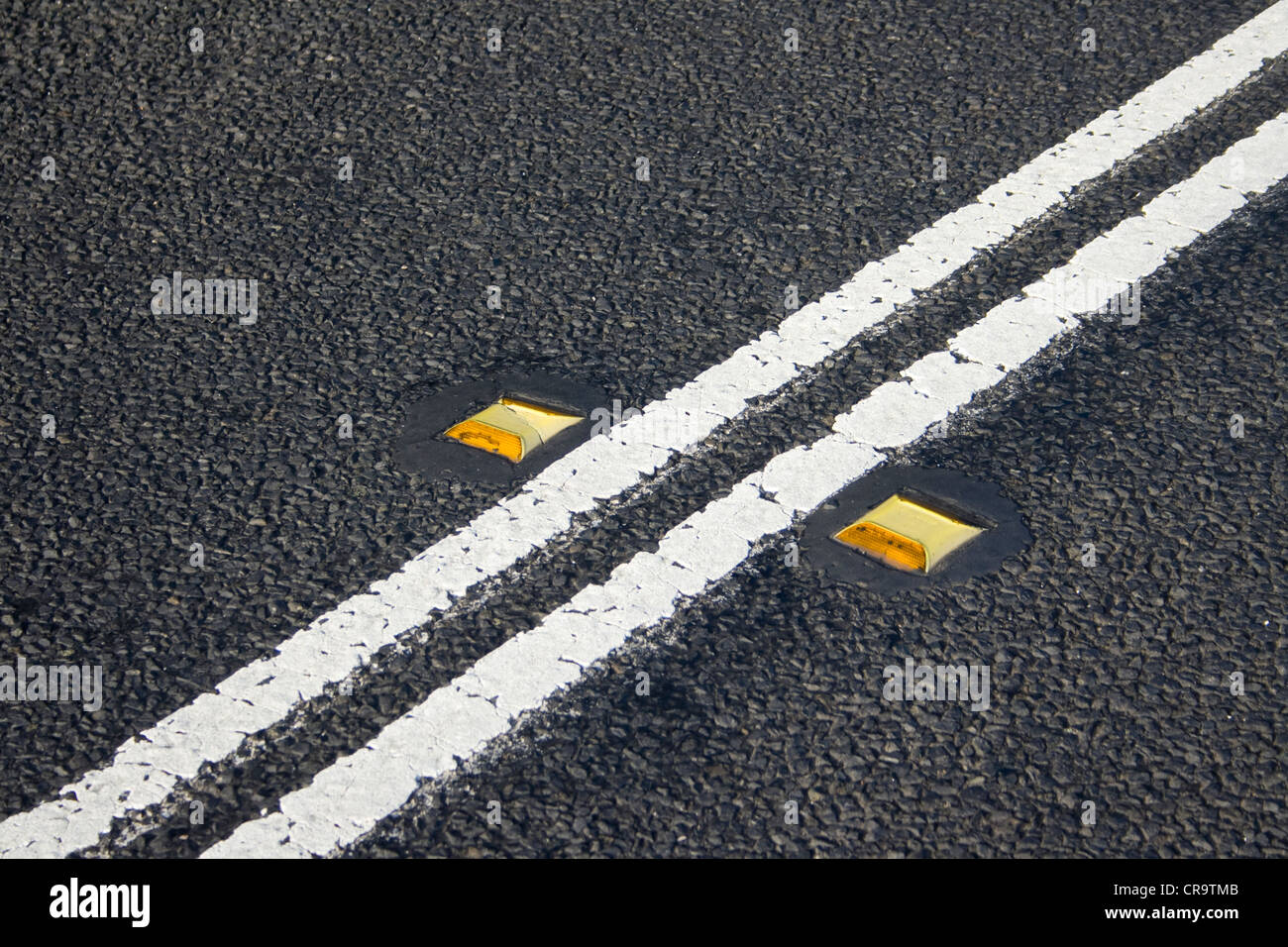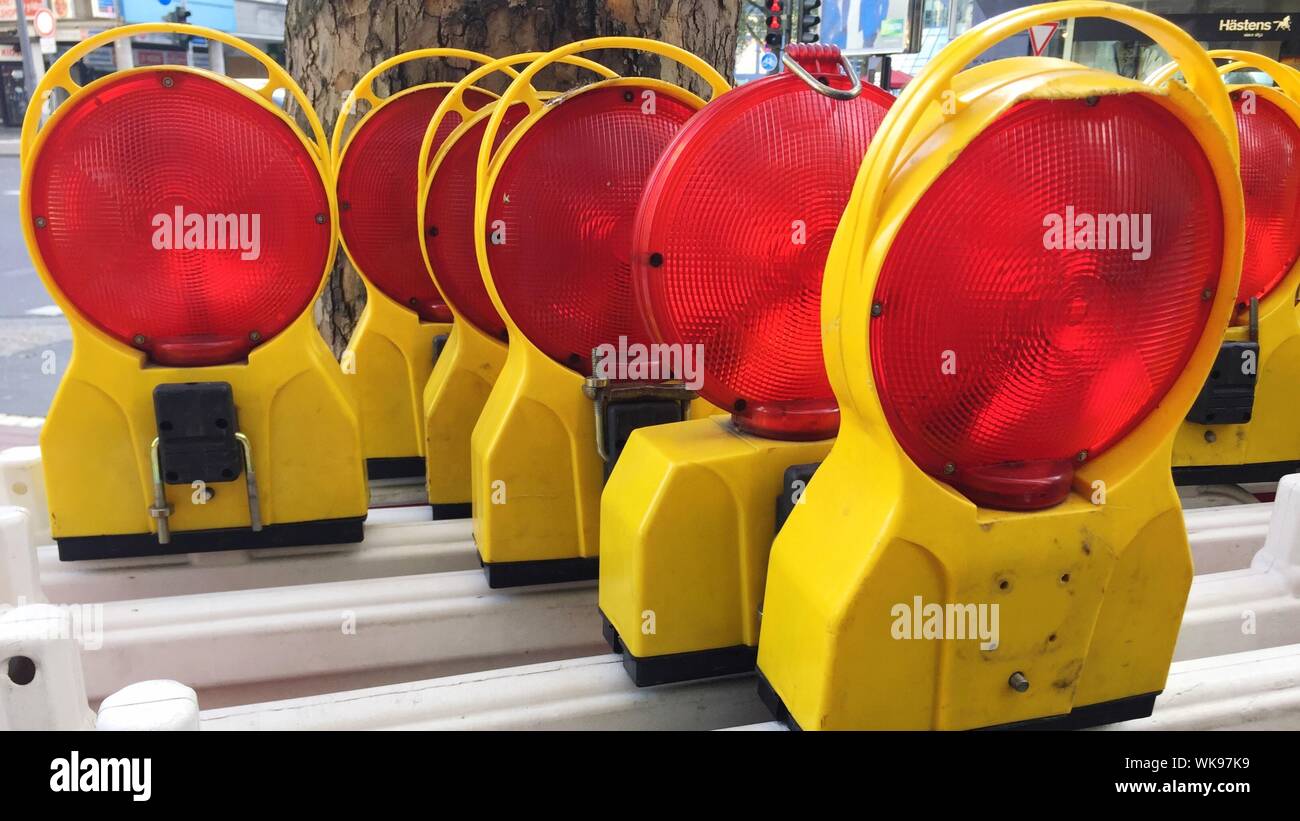
Yellow – It is used near the median of motorways or dual carriageway and are also used on shoulders.
HIGHWAY ROAD REFLECTORS DRIVER

Some of the country-wise colour codes are – They are widely used in Taiwan and other parts of the world.ĭifferent countries have different rules regarding colour codes for road safety as different factors play a vital road in visibility. Some are powered with LEDs and some are based on solar energy for power. These also come in variety of shapes and sizes. These also serve as a speed retarder before the junction or crossing or at the beginning of fly-over sections where road accidents are highly predicted.
HIGHWAY ROAD REFLECTORS DRIVERS
These improve the night vision and help the drivers in adverse weather conditions. Road studs are reflective power cell used on roads to highlight the road edges are centre line of the road. It comes in blue, green, yellow, white, and red colours. It is mainly used for the purpose of visual lane marking, tactile lane marking and special feature marking. It is available in various colours and is popular in many different countries. These consist of two reflective curved surfaces that are fitted into a white rubber dome that is placed on cast-iron housing. These come in variety of shapes like round or curved. Also, it serves for the purpose of indicating lane closures. These have one or more reflective strips. These are usually tall such that they can hit the tyre of the vehicle as well as the vehicle body itself. Unlike other devices, these delineators are not be touched by passing vehicles except in case of the vehicle being out of control.

These are pylon that are placed on the surface of road or at the edges for channelizing the traffic. It is not suitable for areas of snow as they get covered up which is not effective as safety markers. They appear as dots and are placed on highways with the help of epoxy as a gluing substance. These are nonreflective markers on the road that are yellow or white in colour and are made of plastic or ceramic. It is usually yellow in colour and is attached to the yellow strips on road. It is effective in highways, near toll plazas, city roads, and so on.

Whenever a vehicle runs over such reflectors, a jerk is felt by the vehicle driver which immediately alerts him that he is going out of the lane. It is often used in the road for dividing lanes in case dividers are not provided. Such lines are covered with raised jolts which are sometimes coated with high reflective indexed material. Some other names for specific types of raised pavement markers include convex vibration lines, Botts’ dots, delineators, cat’s eyes, road studs, or road turtle.įig 1: Some types of raised pavement markersĬourtesy: Traffic Supplies and Distribution Nowadays, such reflectors have in-built light in them that emit lights which keep on blinking at night for safety purposes. There are also non-reflector raised pavement markers like that of ceramic but these have disadvantages as they are not effective during night time.

These can be made up of ceramic, plastic, fibre, metal, concrete, glass, steel, etc. Raised pavement markers are reflectors on roads provided for safety purposes.


 0 kommentar(er)
0 kommentar(er)
